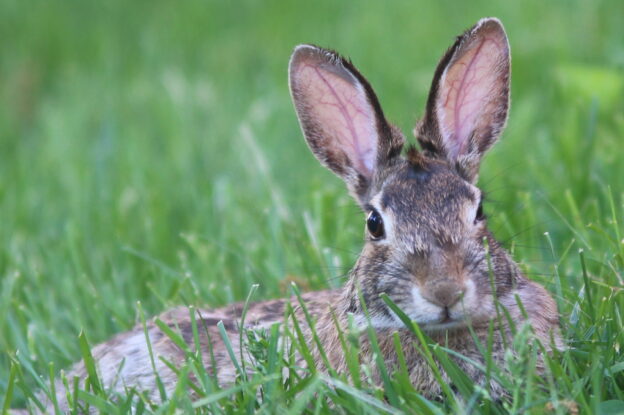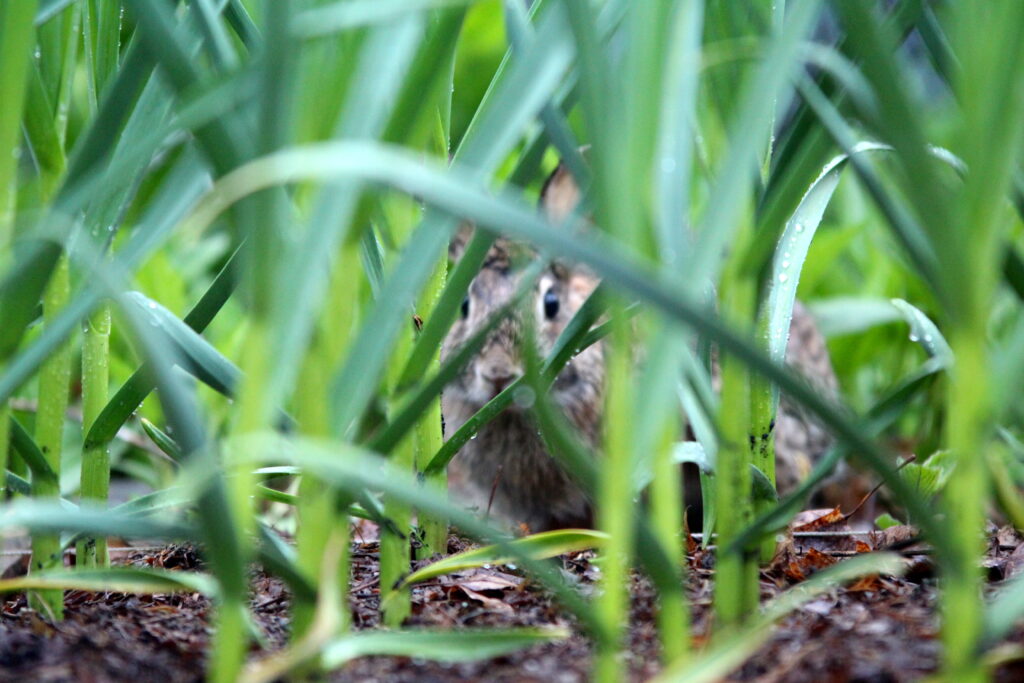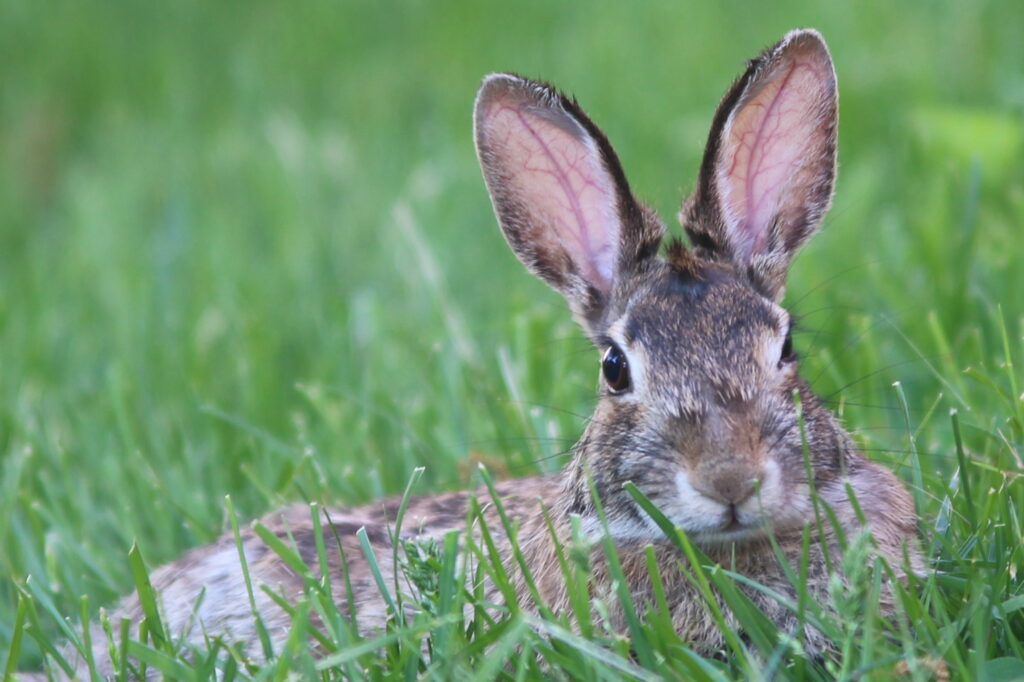
Everyone is talking about Rabbits: They’re everywhere and they’re eating everything. There are some legitimate ways to limit the damage and a whole lot of things that do not work, promoted by vendors who want your money.
Let’s get a few things straight and save some time, money and seedlings.
There are a few basic options when dealing with rabbits:

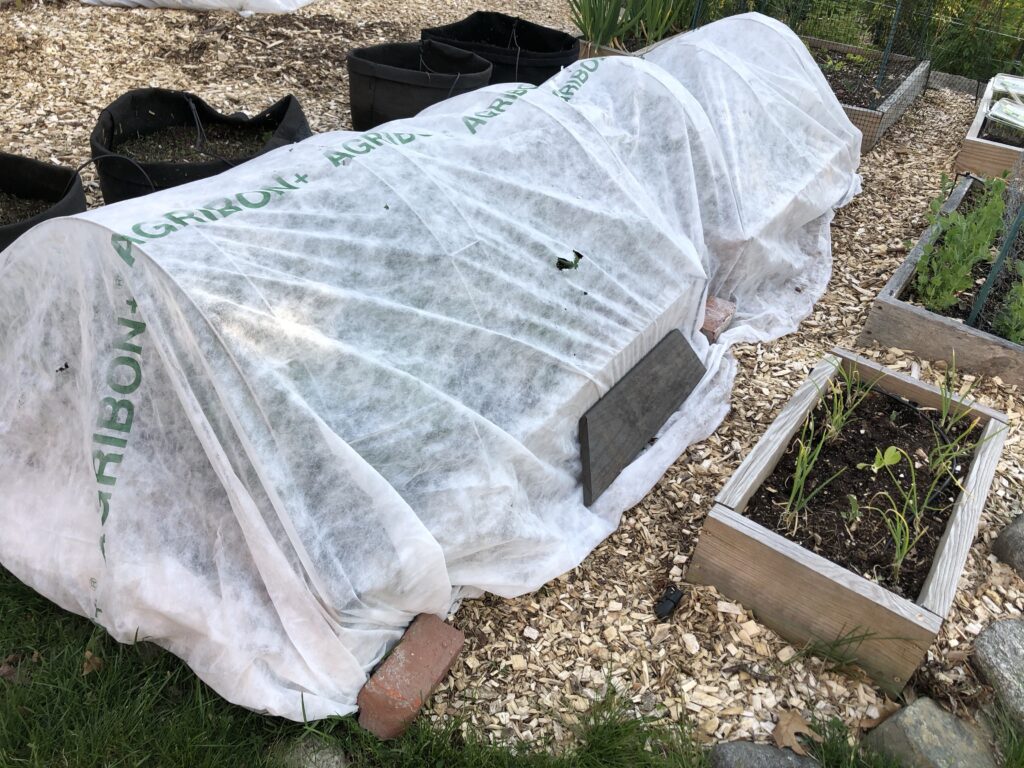
- Diversion. My preferred diversion is to keep other food available for them. I always recommend overseeding your lawn with clover so the rabbits will eat that rather than your lettuce. Doesn’t work 100% but it works well and is an important tool in the arsenal, because nothing is going to work 100% all the time.
- Exclusion. This can take lots of different forms but the one most people are familiar with is a fence. Even a 2′ fence will usually keep rabbits out of the garden. (This will not keep squirrels, raccoons and other invaders out.) It can also be setting up some row cover on PVC or flexible metal arches. It can be raised beds that are at least 18″ tall. There are probably other options as well. None of these are perfect though, and over time rabbits will sometimes still get through.
One option, if you have raised beds, is a hinged raised bed cover. This is a great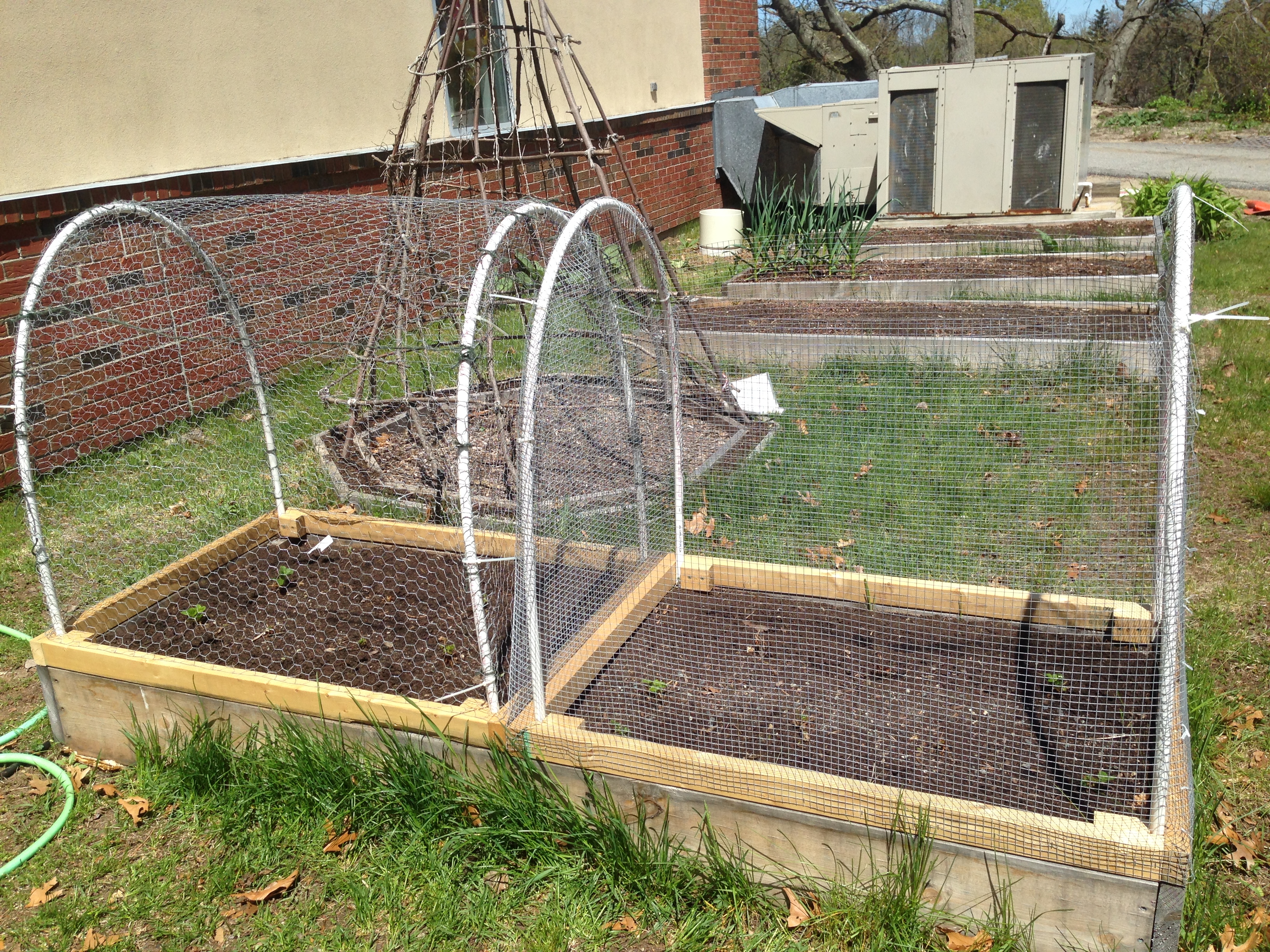 option that provides both exclusion AND easy access.
option that provides both exclusion AND easy access. - Cats and Dogs. Unlike coyote urine (see below), the actual physical presence of a predator can help, but only when the predator is there. Rabbits will go to the restaurant when they see the pet (or coyote) isn’t there. If you’re using a pet for this purpose though, be prepared for what comes next and that you may need to put an injured rabbit out of its misery. If you’re not prepared to do that then please, don’t use this method.
- Accept some losses. I’m not suggesting you should accept any/all losses without a fight, but the steps most people would need to go through to protect everything – your vegetables, your ornamentals, your trees, your bulbs and more – could make you go insane. Accept that you’re going to likely lose some things and you’ll sleep easier. Trying to prevent all losses is like trying to stop the sun from setting.
Now a short list of what does NOT work:
- Pinwheels and streamers. Rabbits procreate rapidly for a reason – they are dumb and prone to death. Pinwheels aren’t going to frighten something that doesn’t know enough to be frightened.
- Urine. I don’t care if it is human urine, coyote urine, or Chewbacca urine – rabbits don’t care. Seriously, think about this one for a minute. Coyotes are everywhere rabbits are and they pee/poop wherever they go. You are also in the garden and you can usually stand within just a few feet of rabbits. How is your urine going to frighten them if seeing you 10′ away doesn’t get them running?
- Blood meal. It is a great source of nitrogen that I use all the time. Maybe you do too. Yet you still see rabbits all the time. See where I’m going with this? (Many people also report that their dogs love rolling in areas where blood meal is spread. If you keep the rabbits out but the dog destroys the plants, did you really win?)
- Alliums. You may recall that the name of this website and our small garden tutoring business is “Allium Fields.” We love alliums. Chives. Garlic. Leeks. Onions. Scallion. Ornamental allium. We grow them all, and the rabbits are grateful for it. Now the rabbits don’t mow these down the same way they do clover and lettuce, but they absolutely do eat them. Do alliums mask the scent of other plants? Maybe a bit, but I always encourage clients to use lettuce between onions as a living and edible mulch, and we get plenty of reports of rabbits hopping onto raised beds and walking between the onions to eat the lettuce.
The list of what does not work is, of course, much longer. As you listen to people’s heartfelt recommendations about what works, remember the difference between correlation and causation. Just because your cousin’s roomate’s girlfriend’s father insisted that spreading cumin at midnight during the season’s first blue moon kept rabbits away doesn’t make it true.
Neither the cumin nor the moon had anything to do with the presence of rabbits – that is just correlation. Correlation is not causation.
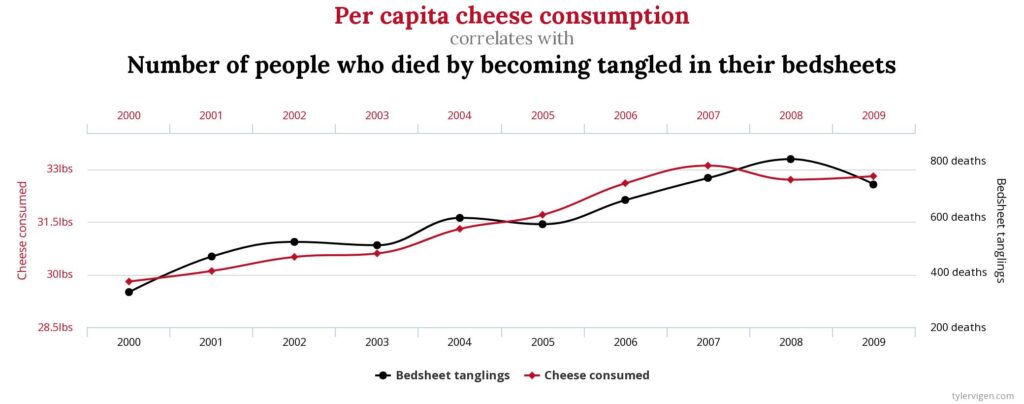
So take some ideas to heart, use science and logic to your advantage, save some time and money, and most of all enjoy what you’re doing.

